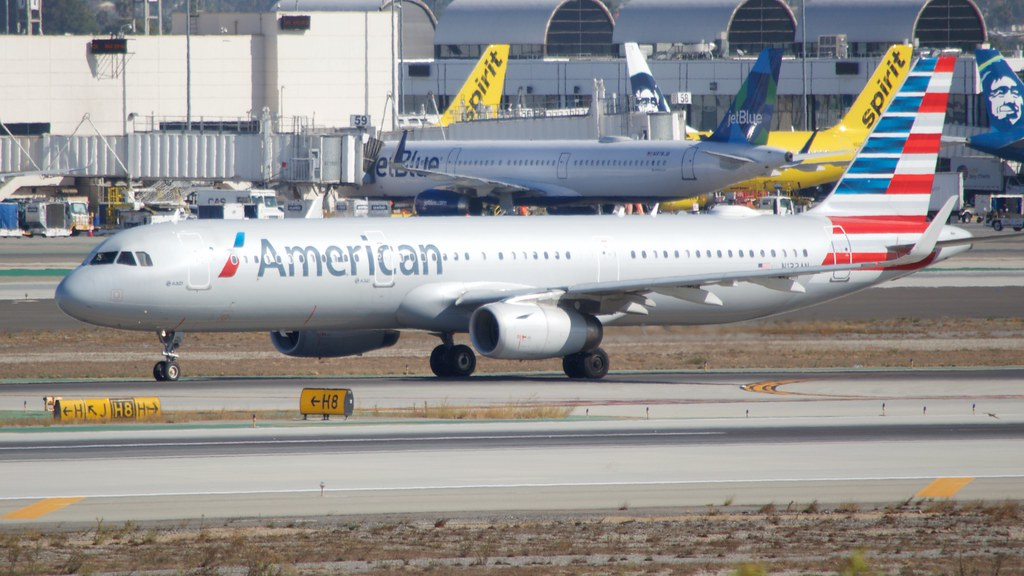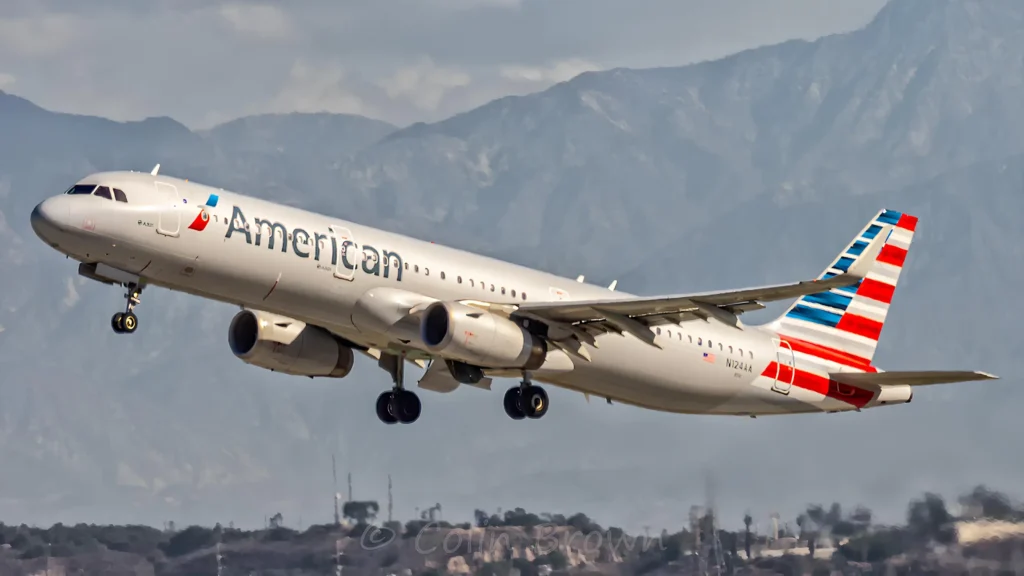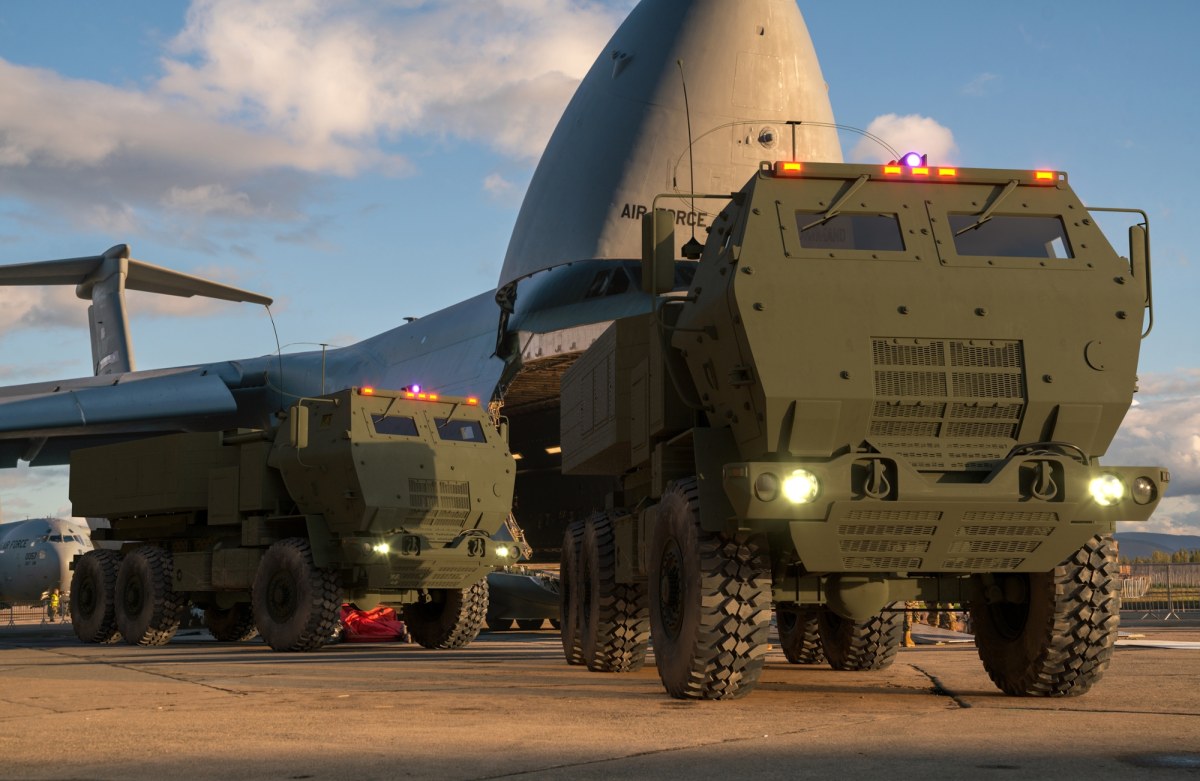
BOSTON- American Airlines (AA) flight AA2616, operated by an Airbus A321, diverted to Boston Logan International Airport (BOS) on August 17, 2025. The flight was originally bound for Philadelphia International Airport (PHL) but encountered technical issues shortly after takeoff.
According to available information, the aircraft returned safely to Boston Logan International Airport (BOS), where emergency services were placed on standby.
 Photo: American Airlines Airbus A321 -231 Taxiing on the south si… | Flickr | Creator: Bill Abbott
Photo: American Airlines Airbus A321 -231 Taxiing on the south si… | Flickr | Creator: Bill AbbottAmerican Airlines Emergency Landing at Boston
Details from air traffic control recordings indicate that the flight crew reported an autopilot failure, autothrust failure, and FMS (Flight Management System) positioning disagreement. LiveATC transmissions on frequency 120.6 captured the crew declaring a problem and requesting immediate diversion.
Passengers onboard noted irregularities during the climb phase. The aircraft leveled off early, performed several turns, and showed changes in altitude. While the movements were not violent, it was apparent that something was unusual.
According to one passenger, the captain did not announce the diversion until around 25 minutes into the flight, providing no further explanation at the time.
Passengers described the atmosphere as calm, though some noticed inconsistencies in engine performance.
One passenger recalled that the engines did not sound as smooth as usual during the climb, with what felt like momentary “misses” or rough operation. Takeoff thrust appeared normal, but the sensation of irregular running persisted during the ascent.
Upon landing at Boston Logan (BOS), the approach felt fast, with a firm application of brakes after touchdown.
Emergency vehicles accompanied the aircraft along the taxiway, a precautionary measure typical in declared in-flight emergencies. Despite the technical issues, the landing was controlled, and passengers disembarked safely at the gate.
The flight was operated by Airbus A321, registered as N157UW. Further, it is a 12.1-year-old aircraft powered by two CFM56 engines.
 Photo: By Colin Brown Photography – https://www.flickr.com/photos/145232442@N02/47072084354/, CC BY 2.0, https://commons.wikimedia.org/w/index.php?curid=81315193
Photo: By Colin Brown Photography – https://www.flickr.com/photos/145232442@N02/47072084354/, CC BY 2.0, https://commons.wikimedia.org/w/index.php?curid=81315193Similar Incident
In a separate incident, American Airlines flight AA1292 from Los Angeles (LAX) to Nashville (BNA) makes U-Turn to LAX on August 17, 2025.
The aircraft, carrying 172 passengers and crew, leveled off at 16,000 feet when the flight deck reported flap retraction problems and requested to hold before preparing for an emergency landing at LAX.
The Boeing 737-800 departed Los Angeles on runway 25R and initially climbed without incident. Shortly after departure, the crew requested to stop the climb at 16,000 feet, maintaining 230 knots, while running through checklists to address the hydraulic issue.
They informed air traffic control (ATC) that the aircraft’s flaps had not retracted properly, a situation that can significantly impact aircraft handling and fuel efficiency.
Controllers cleared the flight to enter a holding pattern, where the crew assessed the situation. During this time, they coordinated with operations and prepared for a possible overweight or abnormal landing.
After holding, the pilots requested a long final approach to runway 25R at LAX, advising ATC of a potential hot brake scenario. Emergency services were placed on standby, and the crew declared an emergency.
The aircraft touched down safely on runway 25R at a higher-than-normal landing speed of around 182 knots groundspeed. It vacated the runway and paused for inspection by emergency crews before taxiing under its own power to the terminal. No injuries were reported.
Technical Considerations
Hydraulic issues in commercial aircraft can affect critical systems such as landing gear, flaps, spoilers, and brakes. In this case, the failure to retract flaps required the crew to manage speed carefully, since extended flaps create higher drag and restrict normal climb performance.
The decision to return rather than continue the cross-country flight reflected standard safety protocols.
Landing with flaps extended and at a higher speed increases strain on brakes and tires, which explains the concern over hot brakes upon arrival. American Airlines maintenance teams inspected the aircraft after it reached the apron to determine the extent of the problem.
Stay tuned with us. Further, follow us on social media for the latest updates.
Join us on Telegram Group for the Latest Aviation Updates. Subsequently, follow us on Google News
American Airlines Passenger Removed from Flight at San Francisco
The post American Airlines A321 Pilots Makes Emergency Landing at Boston appeared first on Aviation A2Z.

 4 miesięcy temu
4 miesięcy temu












